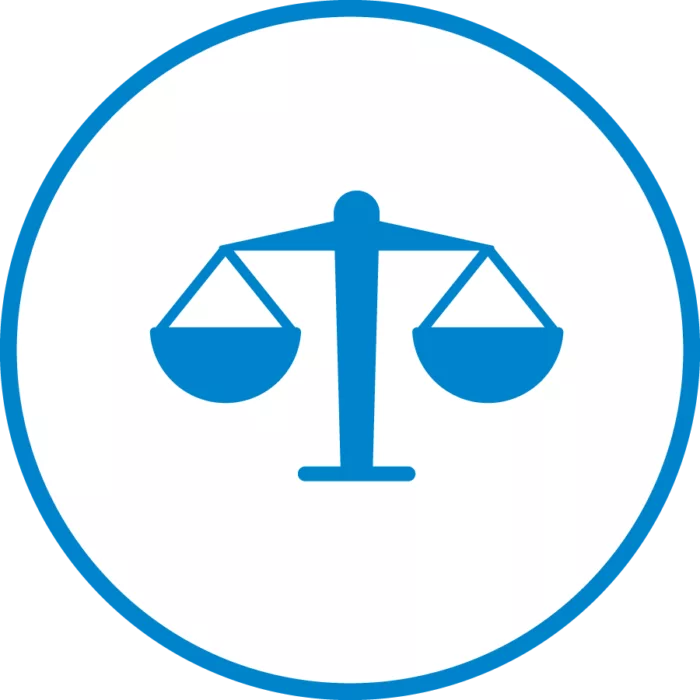Overview
In the beginning of the redesign process, you will have closely examined the history and current state of your district in terms of equity and resiliency in teaching and learning. You’ve looked at internal and external data, heard from stakeholders, and sought inspiration from outside your community, all while approaching the work with equity at the forefront.
Now, it is time to step back and honestly reflect on the ways in which equity has – and has not – been part of your process to date. If your process itself is not as equitable as it should be, it is unlikely that you will achieve your desired outcomes of a more equitable approach to teaching and learning.
Steps to Implementation
Suggested time: 30-60 minutes
- Gather your team in a room (in-person or virtual).
- As a design team, consider the following questions:
- Our core understandings
- How do we define equity?
- What are the general narratives and beliefs about equity in our district?
- Our design team
- Given our identities, what perspectives are most likely to be well represented? Which perspectives are least likely?
- How can we incorporate perspectives that are not well-represented on the planning team?
- How have our perspectives or biases shown up in this process thus far?
- What communication issues may exist in our design process? What agreements can we reach about addressing them?
- Our design efforts
- Who are the people we most want to benefit from our work? Get specific (e.g., high school seniors, especially students of color).
- How do we know who they are?
- How are they impacted by our current system of teaching and learning?
- How are they included in our process?
- What assumptions did our design team have that were confirmed by our Unit 1 activities? What assumptions were proven false?
- Our core understandings
- Revisit the work you’ve done in this unit. If necessary, repeat activities to improve the equity of your process.
- Next, you will start an exciting new phase of this work: defining your problem of practice (based on all the inputs from this phase!) and envisioning a solution.
This strategy is a part of TLA's Real-Time Redesign release, a practical toolkit for improving equity and resiliency in schools. Explore the full guide to find additional strategies, insights, and resources.

Ensuring Equity & Resiliency
In this step,
- Equity looks like honestly reflecting on who has – and has not – been included in the design process and the impact of this on the direction your team is headed in, and being willing to make changes to the process based on your reflection. It looks like collectively re-examining your "why" in light of the information you now have, considering if and how your team’s discussion of equity has evolved. Lastly, it looks like considering what it will take for your team to stay focused on excellence for every child, especially those at the margins, as the work becomes more difficult or there is pushback.
- Resiliency looks like doing this step frequently so that you keep equity in sharp focus; it also means including others in the team and/or changing how the team works together to address any identified challenges to equity in your process.
Strategy Resources
Reflect on Equity in Your Process Discussion Questions
These discussion questions accompany the Activity: Reflect on Equity in Your Process strategy card. Learn More